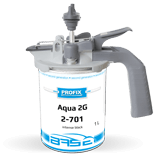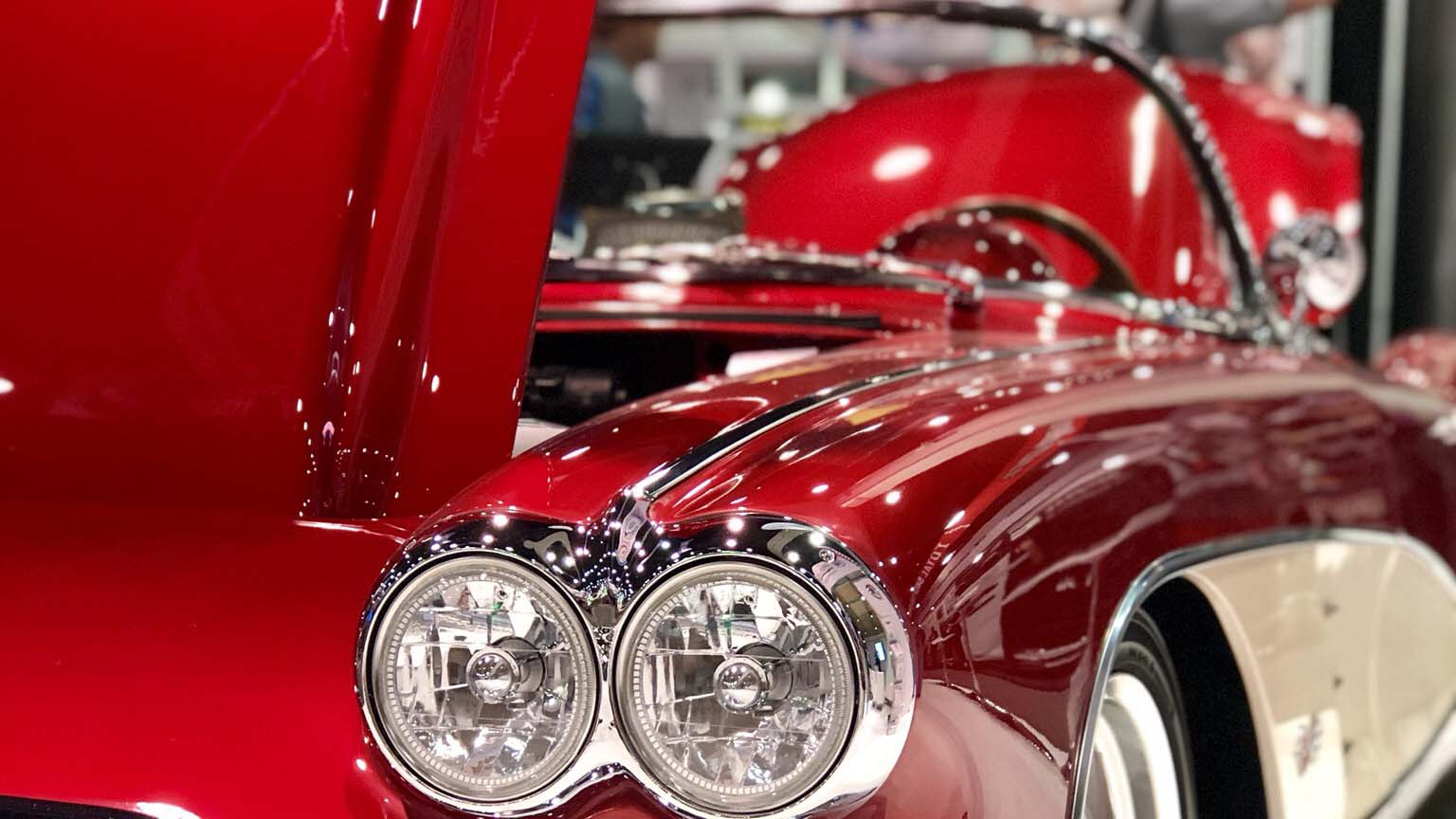Recently added
Most read
Why use the water-soluble lacquers, when the conventional ones are available?
Conventional or water-based?
Conventional or water-based?
Such an issue often starts with the subject of environmental protection and health of a coating technician. However, now it is time to consider whether only these arguments can call for the use of water-soluble lacquers and what is associated with the opposition to use such lacquers in renovation repairs? Manufacturers of vehicles have used water-based lacquers for varnishing new vehicles for decades, and after this period you can notice that these lacquers have proved well. It is high time to change the habits in the case of renovation repairs. However, first we should start from the characteristics of both available solutions.
International organisations found that Volatile Organic Components not only have an impact on the earth atmosphere, but can also contribute to diseases among humans and animals. Although introduction of water-based lacquers to renovation repairs will result in changes in the application method and partly enforces changes in the equipment, this is also connected with measurable financial benefits.
Conventional ready-to-use paints contain about 84% of solvent, while water-based lacquers consist of about 70% of water and about 10% of solvent. Hence, reduction in use of the solvent in water bases is considerable. These organic solvents which are harmful for health are responsible for easy application of paints, e.g. by shortening the drying time. During application and drying, the solvent evaporates considerably quicker. During the said evaporation volatile organic components are released to the atmosphere from the varnished surface. It does not need to be added that such process is reduced to minimum in water-based lacquers, however at the cost of longer drying time.
Let us pass from differences to the common part, that is pigments, which are too a large degree convergent and are used in both the solutions. However, to use the same pigments in case of water-based paints, we have to refine them a little, by applying binding agents and add a little amount of organic thinner. The key element which differentiates these two types of paints is the application method in which varnish particles are sent from the gun to the surface. While spraying, the traditionally used thinner-based lacquers are quickly dispersed on the surface and the thinner included in them evaporates very quickly, while the water-based paints need more time for the water to evaporate. In this case the temperature and humidity have a big significance.
The question arises regarding the risk of corrosion of the surface painted with water-based lacquers. The intuition tells us that rust appears very quickly in the presence of water. Luckily, in this case the intuition is wrong. In order to present the varnish process in case of the water base, let us imagine that water particles are only the communication means for the pigment. While spraying the lacquer, the water on the painted surface evaporates, while individual paint particles are joined to create a coherent coat. After drying, there is no difference in properties for these both types of lacquers.
During the use of Venturi nozzles, the time of varnishing the vehicle is similar for both types of lacquers. However, the efficiency speaks in favour of water-soluble lacquers and in many cases the efficiency may be higher by even 50% compared to conventional lacquers. Also, frequently time-consuming and not very pleasant cleaning of tools after work with conventional paints in case of water-based lacquers is simple and cheap, because we only use for that water, and not thinners with a choking smell.
Water-based paints may be more discriminating when it comes to drying; they require humidity control to a greater degree. However, research works connected with their optimisation are still under way and new generation products, such as Profix Aqua 2G brand lacquers include special additives improving efficiency and shortening drying time.
The basic discriminants of water-based paints used in the automotive industry are:
- smaller number of harmful components
- health of paint shop employees
- higher coating capacity
- better adhesion to metal surfaces;
- reduction of degassing.









